Being home to all major religions like Hindus, Jains, Sikhs, Christians and Muslims, an affinity towards vegetarian culture and meal is natural among Biharis. Major populations of Bihar are involved in foodproduction and its consumption. Bihar is, geographically, endowed with fertile alluvial soil with abundant water resources which makes the agriculture of Bihar rich and diverse.
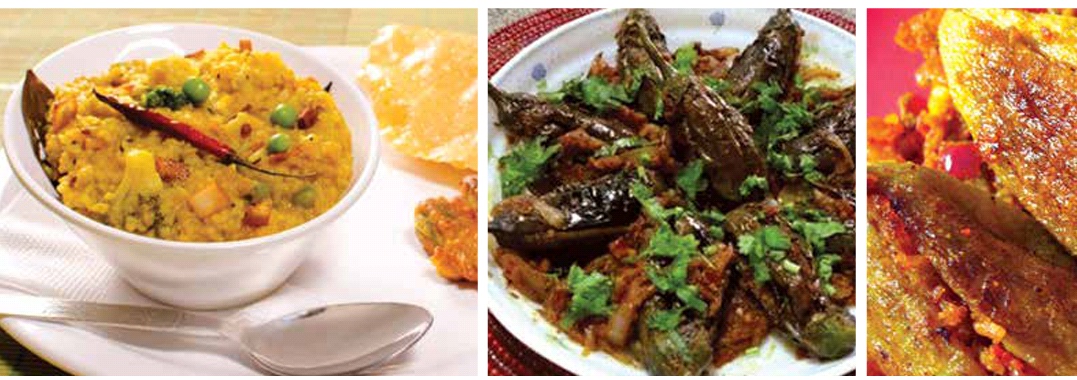
The land of Buddha’s – Bihar – has many unique dishes in its vegetarian menu to offer to visitors. T he food habits in Bihar are largely influenced by cross-civilizational and religious diversity of the state. Majority populations in Bihar are still involved in agricultural-production since Bihar is geographically endowed with fertile alluvial soil with abundant water resources, which help making its agriculture rich and diverse.
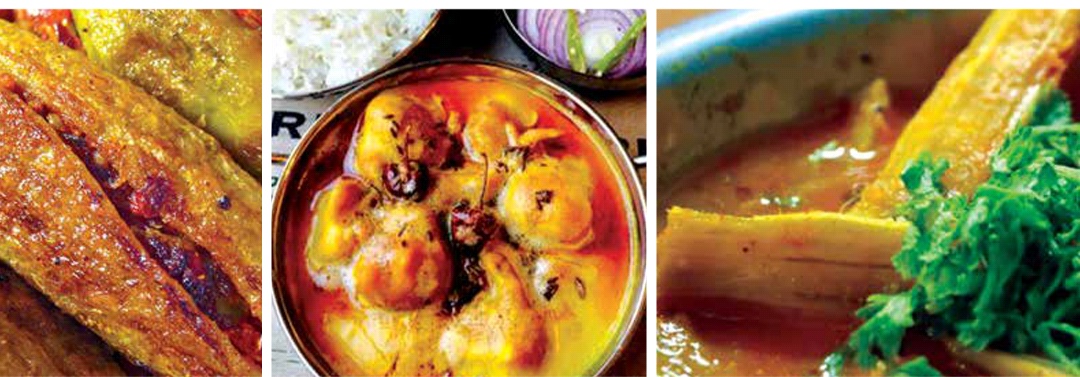
However, the annual flood crisis has led people to develop a unique traditional practice of preserving foods and vegetables in different ways for long, and that some vegetable food items unique in terms of its shelf life. The practice of making vegetables like cauliflower, and mangoes in both forms – raw and ripe – eatable for long through drying up in sunlight is unique to Bihar. Besides enjoying ripe mangoes in its natural form, it is consumed in other forms such as Khatai and Aamot throughout the year in Bihar.
Such natural preservative practices for making the item eatable in all seasons make Bihari kitchen unique. Adouri, Chanouri, Danouri and Tisouri are some local relish which figure prominently in vegetarian Bihari dishes round the year.
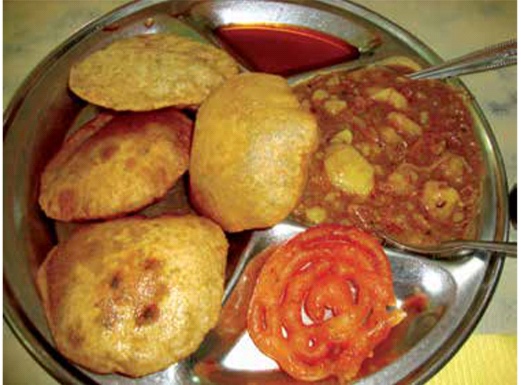
However, the annual flood crisis has led people to develop a unique traditional practice of preserving foods and vegetables in different ways for long, and that some vegetable food items unique in terms of its shelf life.
The practice of making vegetables like cauliflower, and mangoes in both forms – raw and ripe – eatable for long through drying up in sunlight is unique to Bihar.
Besides enjoying ripe mangoes in its natural form, it is consumed in other forms such as People in Bihar are in the habit of taking specific foods items in morning called nasta (breakfast), in afternoon called khana (lunch) and at night named bhojan (dinner).
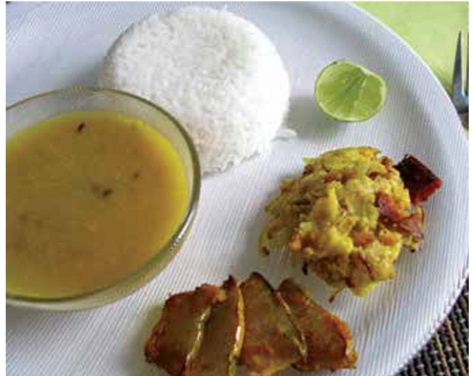
Let’s take a quick round up to get the feel of the famous Bihari vegetarian dishes. Dal-Bhat: The main ingredient of Bihari lunch is dal-bhat (rice and pulse). A traditional lunch thali looks like glistening dal-bhat, which is basically pulse and rice, mildly spiced Aloo-ki-Bhujia cooked in mustard oil and achar.
The fertile land of Bihar produces several varieties of pulses that add specific aroma to Bihari lunch (Khana). The minimum menu in the plate are steamed rice (Bhat) and cooked lentil soup (Dal), served with seasonal vegetables called tarkari in Bihar in lunch. You can go on adding supplementary menus, depending on your resources and time.
Khichdi: Recently earned title of national dish, Khichdi is widely consumed meal of Bihar. The state has a traditional practice of having Khichdi on every Saturday since the belief is that its consumption on Saturday keeps the bad influence of Saturn at bay. A combination of Chawal-Dal, pressure-cooked altogether for 4 to 5 whistles using Bihari household spices like panchforna.
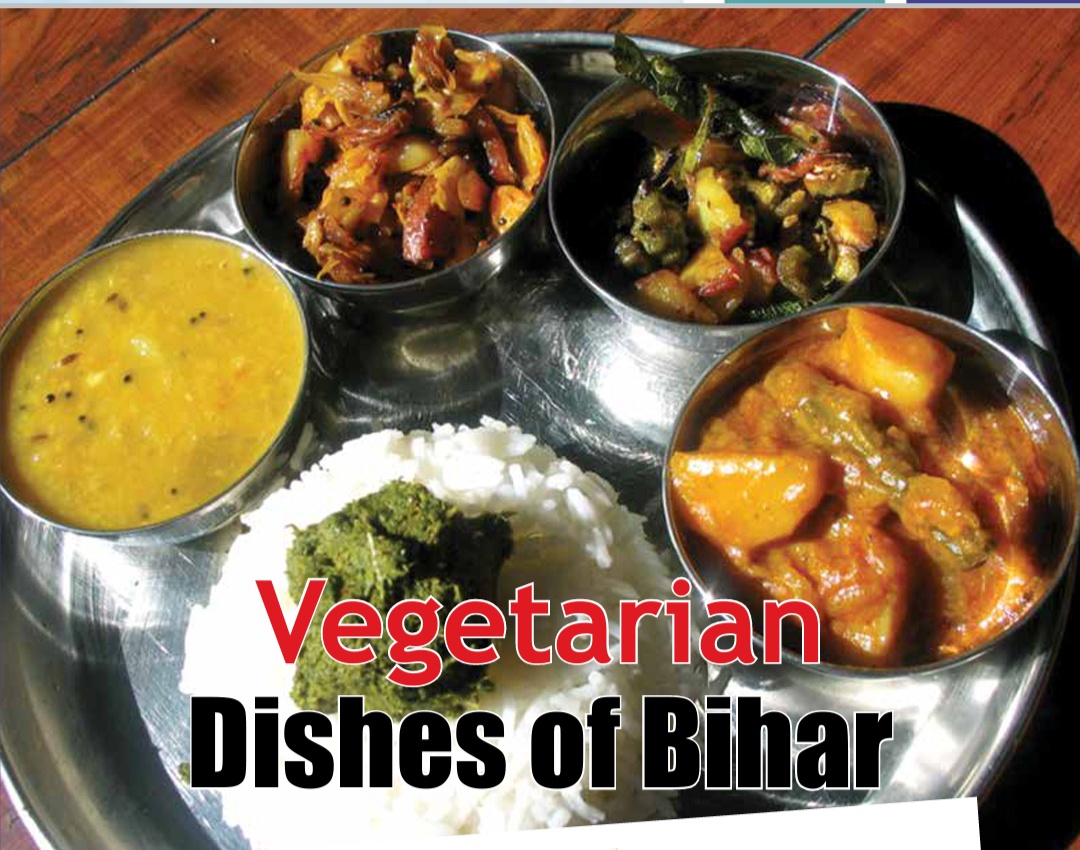
Khichdi tastes superb with dahi (curd), Papad, ghee and achar – called 4 thick pals of Khichadi. “Dahi-Papad-Ghee-Aachar – Khichdi-Ke-Chaar-Yaar. Though khichdi is favourite throughout the northern India, Bihar has its own variation to make one craving. Khichadi has few variations; it could be watery, or pasty, or even dry.
Khichadi is a must-eat item on MakarShakranti, when it is accompanied by Chura-Dahi-Tilkut.
Kadhi-Badi-Bhat: Another culinary formulation of Bihari cuisine is Kadhi-Badi-Bhat. Badi is a traditional blend of yogurt in spice masala to make a creamy kadhi (gravy) and besan (gram flour) dumplings. This mouth-watering Kadhi-badibhat has obtained propitious status as is cooked on every auspicious occasion and whenever a guest visits.
Chura-Dahi: A healthier option for breakfast and lunch in Bihar, this dish involves no cooking. ChuraDahi (Beaten rice and curd) is an essentialto-have meal on Makar Sankrati. Dahi, being considered auspicious, has a permanent place in Bihari kitchen. Chura (Beaten rice) in its several forms is the popular evening snack of the state. Chura-Dahi is served with seasonal vegetables and a pinch of sugar or jiggery in Bihar. Tilkut addition completes the circle.
Sattu-Paratha: T hough, the name – Sattu- was outlandish to non-Biharis few decades back; it has gained currency for its nutrition values now. Protein-rich Sattu is used in regional cuisine in varying degrees. Sattu when mixed with salt and water is a great morning drink, and it becomes substitute for vegetable when used as Bharta in semi-solid form. Sattu Paratha is the most common breakfast and dinner in Bihar. Paratha is made with stuffing spiced Sattu in wheat dough balls and is rolled and cooked with ghee. Sattu paratha is served with mango pickles and baigan-bharta, or with curd or watery vegetables.



